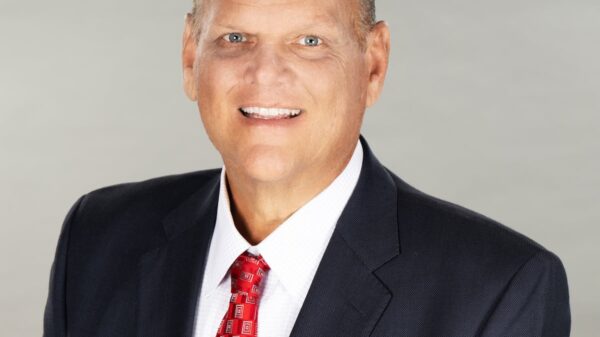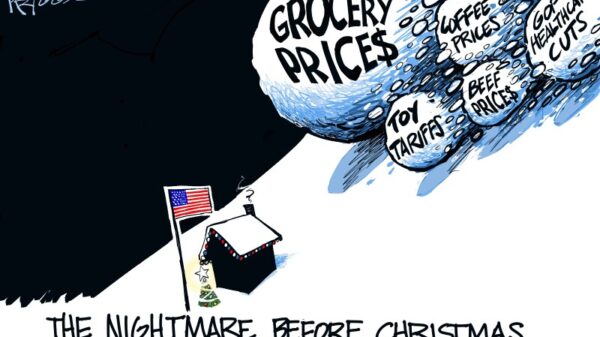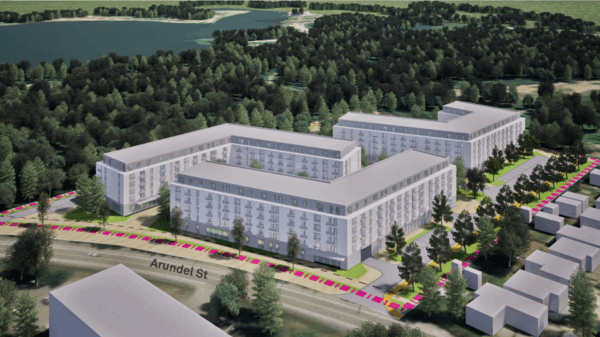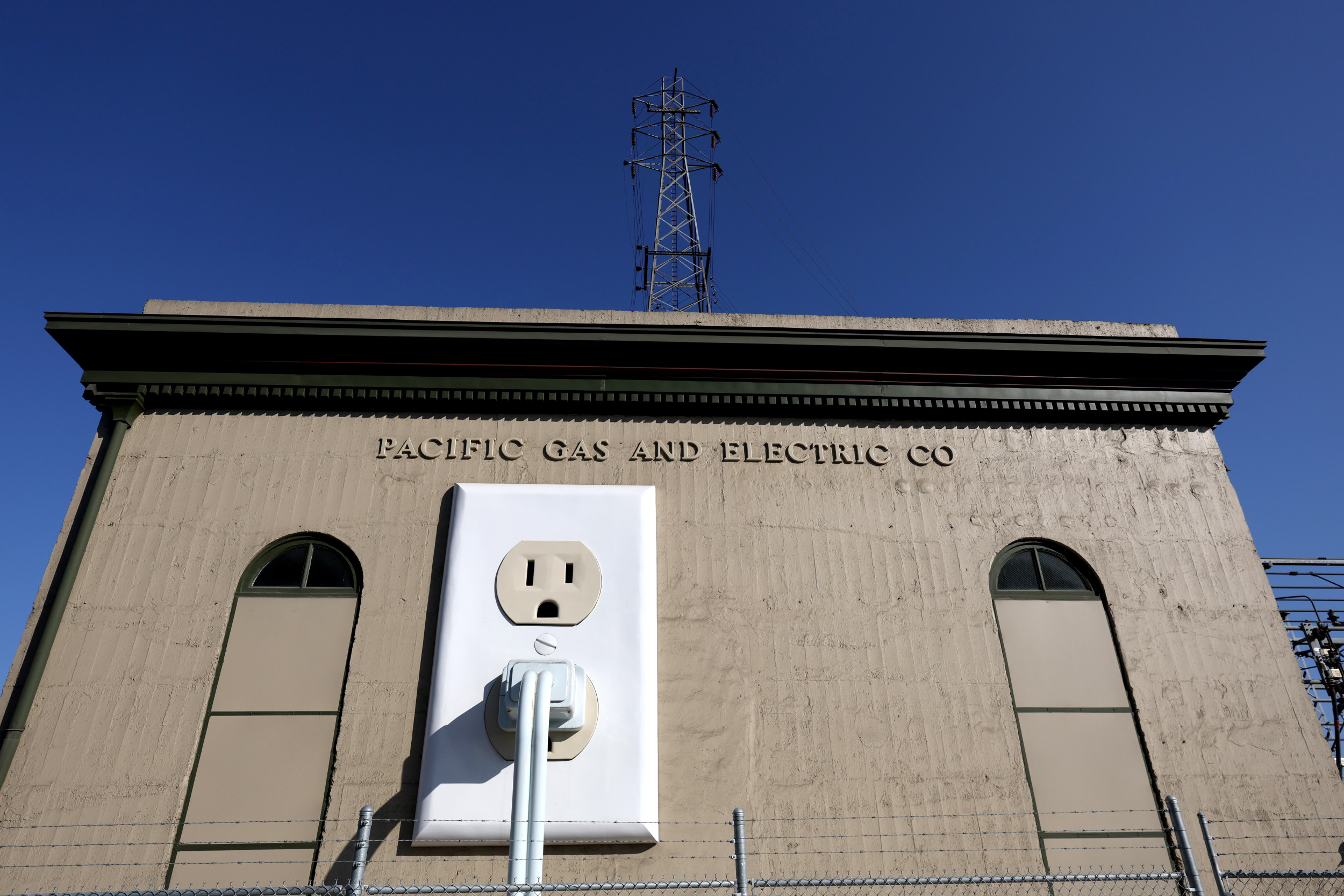UPDATE: Pacific Gas and Electric (PG&E) has just announced a bold plan to achieve a 50% cut in carbon emissions by 2030 and move towards a net-zero energy system by 2040. This urgent initiative comes as California faces increasing demand for electricity due to the rapid electrification of homes and the surge in AI-driven data centers.
In an exclusive interview with Newsweek, Jason Glickman, PG&E’s executive vice president of engineering, planning, and strategy, emphasized the company’s responsibility to lead climate action in a state known for its environmental innovation. “California has to be a positive example that it can be done,” Glickman stated. “If it can’t be done here, where can it be done?”
The announcement is particularly crucial as California’s electricity demand is now forecasted to grow by 4 to 5 percent per year, reversing a stagnant trend that lasted over two decades. Glickman highlighted how this growth presents both challenges and opportunities for PG&E. “We’re advocating that the risk is not about overbuilding, but under-building the necessary infrastructure to meet this demand,” he explained.
Glickman will present PG&E’s strategies during the upcoming Powering Ahead event on September 25, 2023, coinciding with Climate Week NYC. This event promises to be a pivotal moment for discussing actionable climate solutions in the energy sector.
Amidst climate-driven impacts like extreme weather events, Glickman noted, “We felt certainly first-hand the impacts of extreme weather—wildfire, atmospheric rivers, you name it.” He stressed the importance of adapting to these challenges while also mitigating their effects through innovative energy solutions.
The utility’s approach includes leveraging advancements in solar, wind, and battery technologies to improve efficiency and reduce costs for consumers. Data centers, which have been viewed as a strain on the grid, are now seen as potential partners in this transition. “Before the data center boom, the concern was whether the grid could handle the weight of electric vehicles. Now, we view EVs and data centers as long-term solutions,” Glickman stated.
With a commitment to a cleaner energy future, PG&E is actively engaging with data center developers to ensure that their energy needs can be met sustainably. Glickman revealed, “We have multiple gigawatts of data center development in our pipeline ready to serve the Bay Area.”
As the company charts its path to 2040, it aims to enhance energy efficiency for residential customers by reducing their primary energy consumption by 20 to 30 percent. This transformation will not only lessen household energy bills but also contribute significantly to California’s climate goals.
Residents and stakeholders are encouraged to follow PG&E’s evolving strategies as they navigate these critical changes. The urgency of the situation cannot be overstated; California’s energy future will largely depend on how swiftly and effectively PG&E implements these ambitious climate goals.
As Glickman concluded, “We have to find ways to make the most of our abundant solar energy and optimize our grid for future demands.” The actions taken today will determine the sustainability of California’s energy landscape in the years to come.





































































